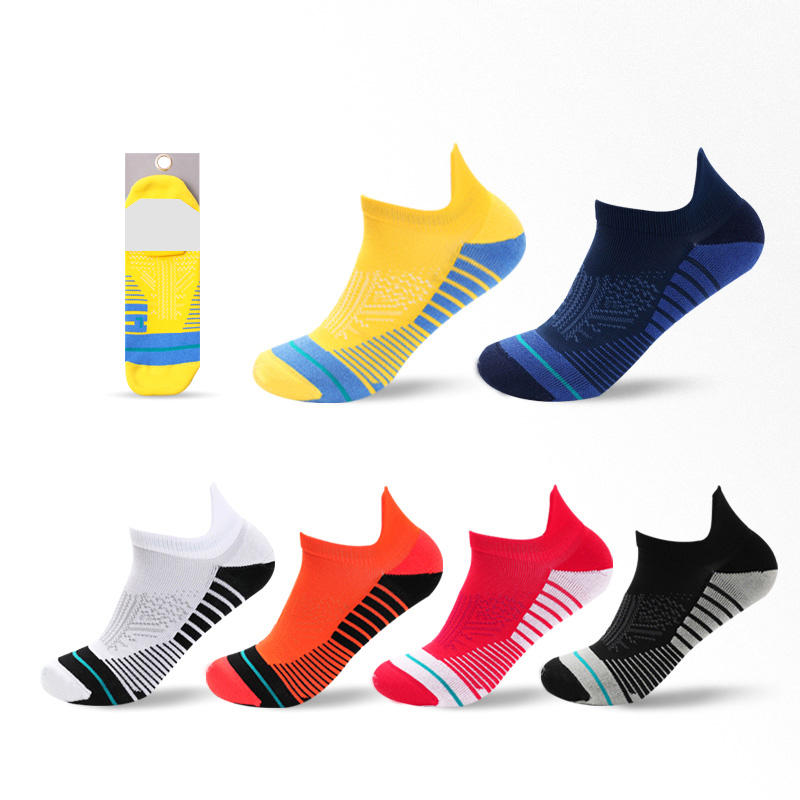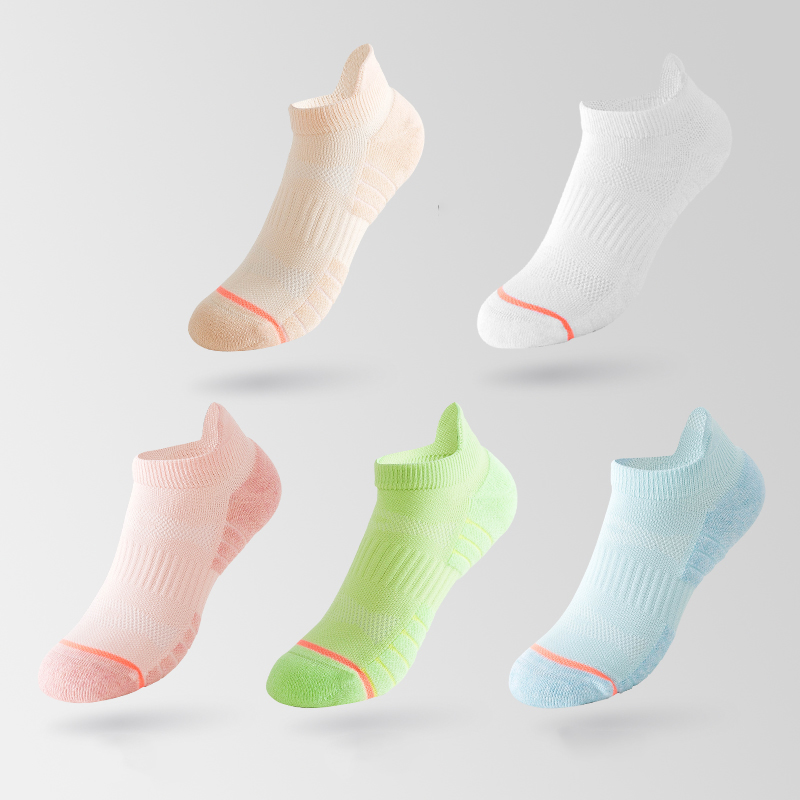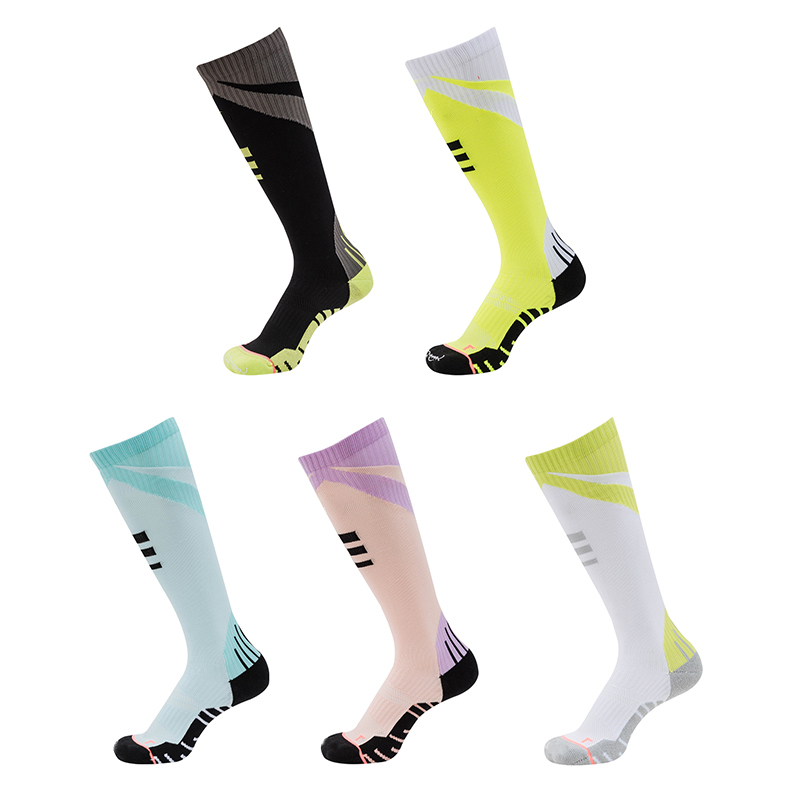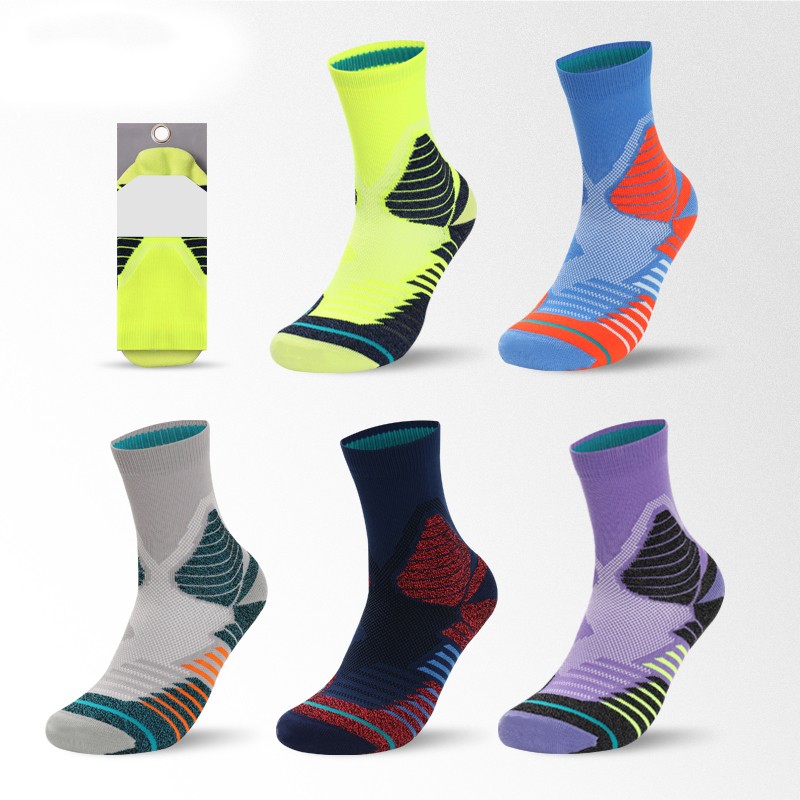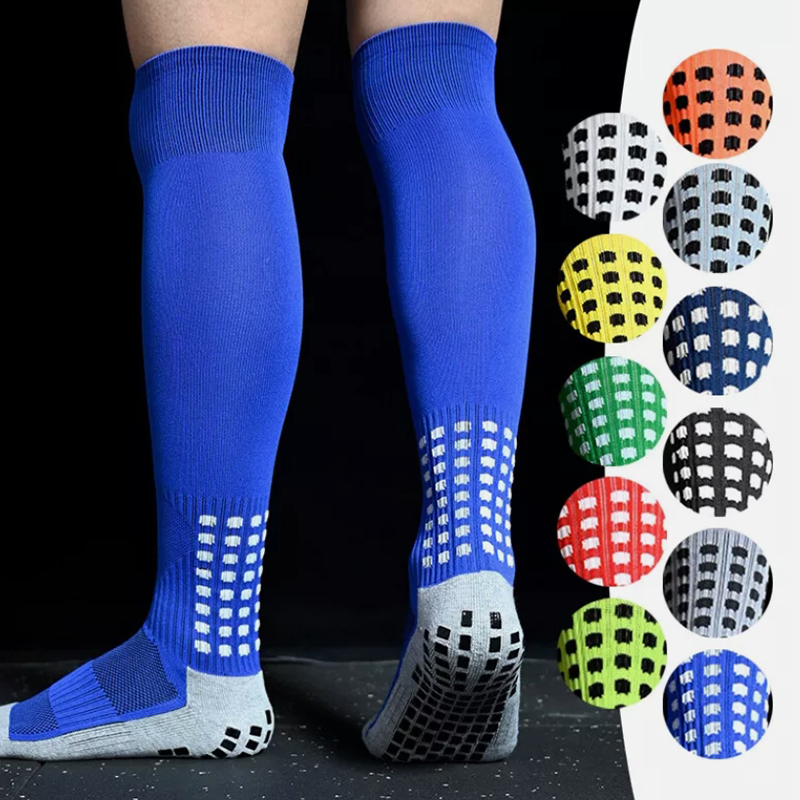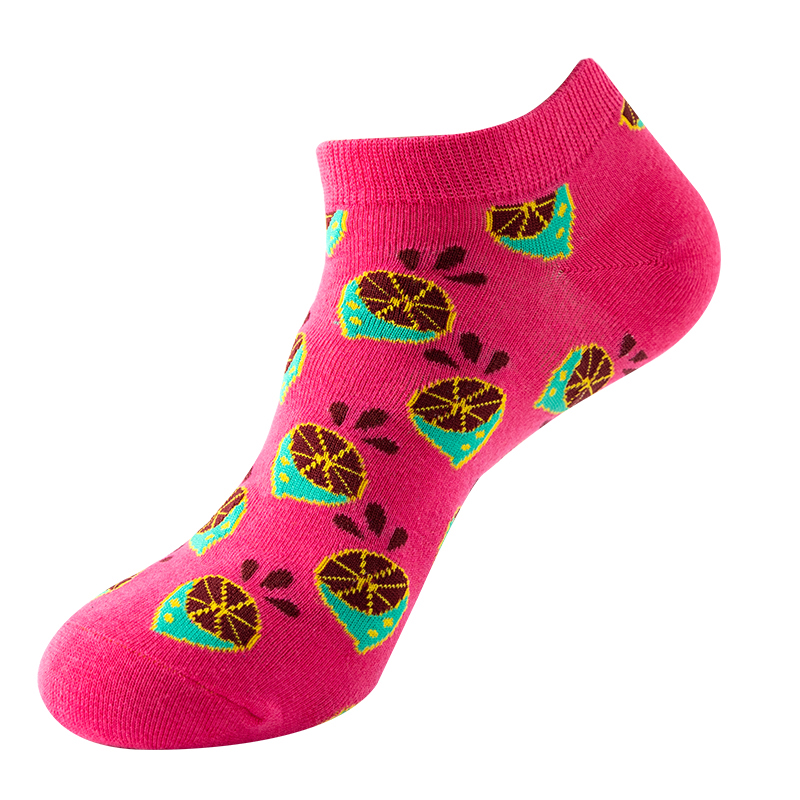Cotton Fabric
Cotton is widely used in pet socks. It has excellent moisture absorption and breathability, helping to keep pets' paws dry to a certain extent. Its soft touch is suitable for pets with sensitive skin, helping to reduce friction and irritation. As a natural fiber, cotton socks offer certain environmental advantages, aligning with current trends in green consumption.
Disadvantages include relatively low abrasion resistance, which can easily cause holes with prolonged use or frequent friction. Cotton fabric dries slowly when exposed to water, making it a breeding ground for bacteria and odor. For active pets who frequently spend time outdoors, cotton socks may not offer the durability they need.
Polyester Fabric
Polyester fabric offers excellent abrasion resistance, strong wrinkle resistance, and resistance to deformation, making it suitable for long-term wear. Polyester fibers are strong, protecting paws while withstanding the wear and tear of frequent washings. The material is lightweight and easy to clean, with long-lasting colors that resist fading.
Disadvantages include low breathability, which can cause paws to become stuffy after prolonged wear. Polyester absorbs moisture poorly, making it unsuitable for prolonged use in hot or humid environments. Some low-quality polyester may contain chemical residues during production, so choose products that have undergone safety testing.
Nylon Fabric
Nylon fabric offers excellent elasticity, providing a secure fit for pets. It is highly abrasion-resistant and particularly suitable for pets who frequently spend time outdoors. The smooth surface of nylon fibers helps reduce dirt and dirt, making cleaning relatively easy.
Disadvantages include low moisture absorption, which may affect comfort with prolonged use. Nylon can easily deform or shrink at high temperatures, so be mindful of the washing temperature. Some nylon fabrics may generate static electricity, causing minor discomfort for long-haired pets.
Spandex (Spandex)
Spandex fabric is often blended with other fibers to enhance the elasticity and resilience of socks. It ensures that pet socks remain secure and resist slipping during intense activity. It is suitable for situations requiring a secure fit and flexibility.
Disadvantages include the lack of durability of spandex alone and its sensitivity to light and heat. A high proportion of spandex can reduce the overall breathability of the fabric, so the blending ratio needs to be optimized.
Wool Fabric
Wool offers excellent warmth retention, making it ideal for cold weather. Natural fibers are highly breathable and absorbent, allowing them to wick away moisture while retaining warmth. Wool is also resilient, wrinkle-resistant, and has some odor resistance.
Disadvantages include higher prices and complex cleaning requirements, requiring avoidance of high temperatures and strong alkaline detergents. Wool is susceptible to moth damage and is not suitable for long-term storage in humid environments. Some pets may not tolerate the texture of wool fibers.
Pique Fabric
Pique is a tightly knitted fabric commonly used in high-end pet socks. It offers excellent abrasion resistance and support, a soft feel, and resists deformation. The surface texture increases friction, contributing to a more slip-resistant finish.
Disadvantages include slightly lower breathability than regular knit fabrics and longer cleaning and drying times. Production costs are high, resulting in a higher price than standard materials.
EPE Blended Fabric
EPE blended fabric is lightweight and thermally insulating, with an internal structure that provides cushioning and protection, reducing pressure on pets' paws during activity. Its soft texture makes it suitable for older pets or those with weak joints.
The downside is that it lacks abrasion resistance and is easily scratched by sharp objects. Care should be taken to restore its shape after washing to prevent it from losing its protective effect.
Bamboo Fiber Fabric
Bamboo fiber fabric has natural antibacterial and odor-resistant properties, and is breathable and absorbent, making it suitable for summer use. It has a silky feel and is very skin-friendly, making it ideal for pets with sensitive skin.
The downside is that the fiber strength is relatively low, making it less abrasion-resistant than synthetic fibers. Prolonged high-temperature washing may cause the fiber to become brittle. Bamboo fiber fabrics are relatively expensive, and some products with lower blending ratios are available on the market, so be careful to identify them.

 English
English
 Español
Español
